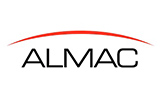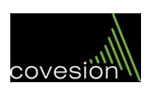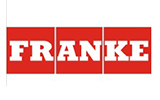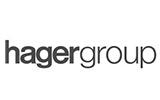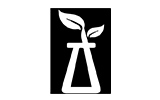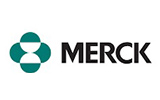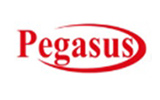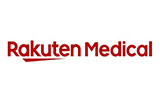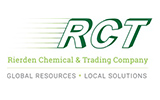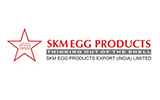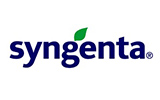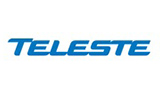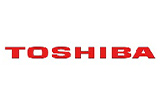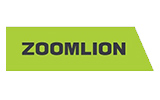Table of Contents
Chapter 1. Global Refrigeration Coolers Market Executive Summary
1.1. Market Size & Forecast (2025-2033)
1.2. Regional Summary
1.3. Segmental Summary
1.3.1. By Component
1.3.2. By Applications
1.3.3. By Refrigerant
1.4. Key Trends
1.5. Recession Impact
1.6. Analyst Recommendation & Conclusion
Chapter 2. Market Definition and Research Assumptions
2.1. Research Objective
2.2. Market Definition
2.3. Research Assumptions
2.3.1. Inclusion & Exclusion
2.3.2. Limitations
2.4. Estimation Methodology
2.5. Years Considered for the Study
2.6. Currency Conversion Rates
Chapter 3. Market Dynamics
3.1. Market Drivers
3.1.1. Rising demand for energy-efficient refrigeration systems
3.1.2. Advancements in cold chain logistics
3.2. Market Challenges
3.2.1. Regulatory compliance and operational costs
3.3. Market Opportunities
3.3.1. Adoption of eco-friendly refrigerants
Chapter 4. Industry Analysis
4.1. Porter's 5 Force Model
4.1.1. Bargaining Power of Suppliers
4.1.2. Bargaining Power of Buyers
4.1.3. Threat of New Entrants
4.1.4. Threat of Substitutes
4.1.5. Competitive Rivalry
4.2. PESTEL Analysis
Chapter 5. Global Refrigeration Coolers Market Size & Forecasts by Component (2025-2033)
5.1. Segment Dashboard
5.2. Revenue Trend Analysis, 2022 & 2032
5.2.1. Evaporators and Air Coolers
5.2.2. Condensers
Chapter 6. Global Refrigeration Coolers Market Size & Forecasts by Applications (2025-2033)
6.1. Segment Dashboard
6.2. Revenue Trend Analysis, 2022 & 2032
6.2.1. Commercial
6.2.2. Industrial
Chapter 7. Global Refrigeration Coolers Market Size & Forecasts by Refrigerant (2025-2033)
7.1. Segment Dashboard
7.2. Revenue Trend Analysis, 2022 & 2032
7.2.1. HFC/HFO
7.2.2. NH3
7.2.3. CO2
7.2.4. Glycol
7.2.5. Others
Chapter 8. Global Refrigeration Coolers Market Size & Forecasts by Region (2025-2033)
8.1. North America
8.1.1. U.S. Market
8.1.1.1. Component Breakdown
8.1.1.2. Application Breakdown
8.1.1.3. Refrigerant Breakdown
8.1.2. Canada Market
8.1.3. Mexico Market
8.2. Europe
8.2.1. Germany
8.2.2. France
8.2.3. UK
8.2.4. Italy
8.2.5. Spain
8.2.6. Netherlands
8.2.7. Rest of Western Europe
8.3. Asia Pacific
8.3.1. China
8.3.2. India
8.3.3. Japan
8.3.4. South Korea
8.3.5. Vietnam
8.3.6. Rest of Asia Pacific
8.4. Latin America
8.4.1. Brazil
8.4.2. Argentina
8.4.3. Colombia
8.4.4. Rest of Latin America
8.5. Middle East & Africa
8.5.1. UAE
8.5.2. Saudi Arabia
8.5.3. Nigeria
8.5.4. Rest of MEA
Chapter 9. Competitive Intelligence
9.1. Key Company SWOT Analysis
9.1.1. Carrier Global Corporation
9.1.2. Emerson Electric Co.
9.1.3. Danfoss A/S
9.2. Top Market Strategies
9.3. Company Profiles
9.3.1. Carrier Global Corporation
9.3.1.1. Key Information
9.3.1.2. Overview
9.3.1.3. Financial Overview (Subject to Data Availability)
9.3.1.4. Product Summary
9.3.1.5. Recent Developments
9.3.2. Emerson Electric Co.
9.3.3. Danfoss A/S
9.3.4. LG Electronics
9.3.5. Panasonic Corporation
9.3.6. Daikin Industries, Ltd.
9.3.7. Mitsubishi Electric Corporation
9.3.8. Whirlpool Corporation
9.3.9. Samsung Electronics
9.3.10. Sub-Zero Group, Inc.
Chapter 10. Research Process
10.1. Research Methodology
10.1.1. Data Mining
10.1.2. Analysis
10.1.3. Validation
10.1.4. Market Estimation
10.1.5. Final Deliverables
10.2. Research Attributes

